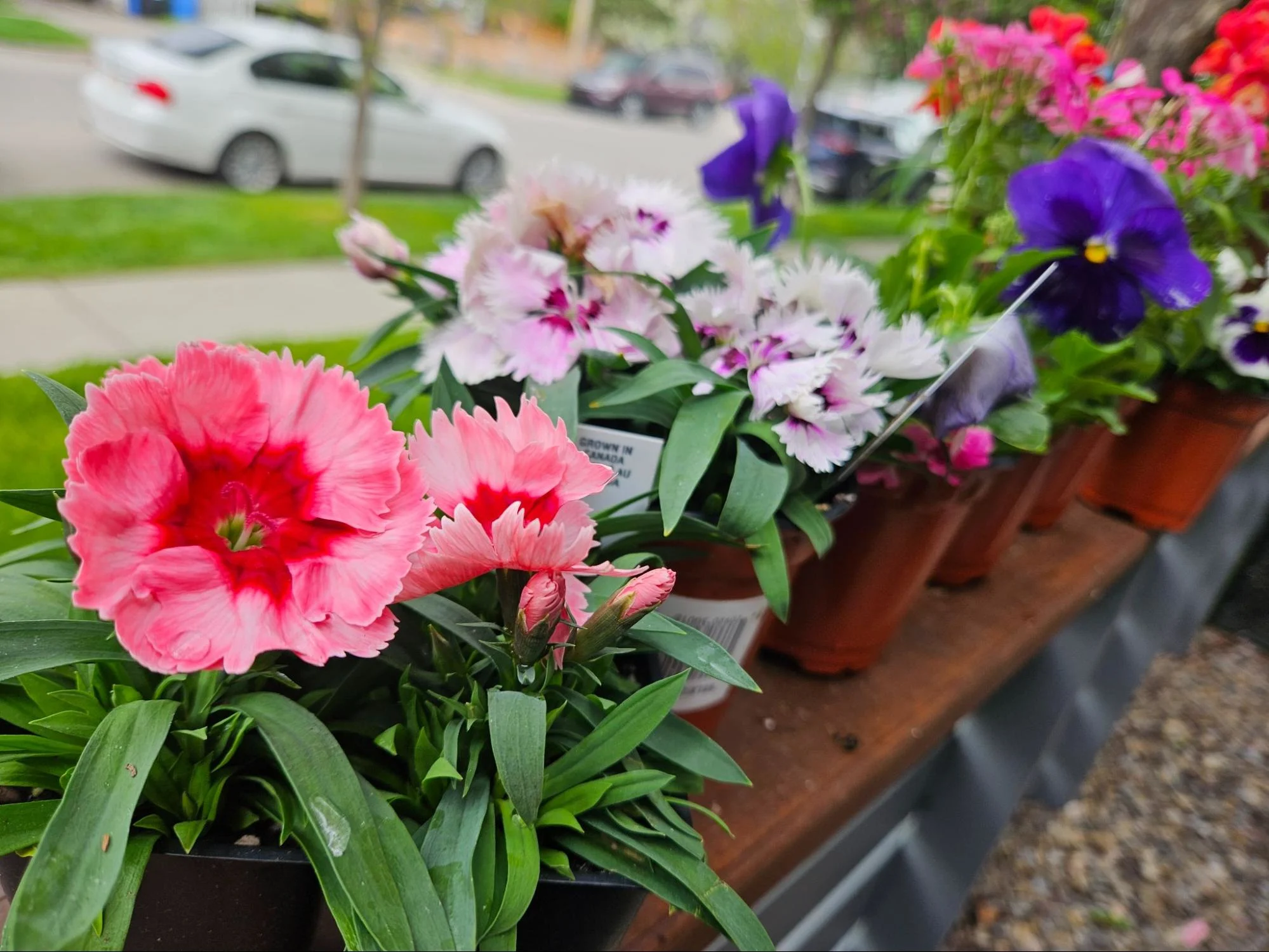
How you can transform a small balcony space into a large garden
Just because you don't have a yard, it doesn't mean that you can't grow a garden. We spoke to an expert to get tips on how to do it right.
Having a small space doesn’t mean sacrificing a lush green garden at home.
While trees, shrubs and numerous perennials will be tough to grow in a container, many flowers, veggies, berries, herbs and others can thrive in a balcony environment.
As horticulturist Colin Hayles attests, “I’ve had some patios that are just jam-packed."
SEE ALSO: Spruce up your garden with these plants to help our pollinators
But, Hayles, who works at Golden Acre Home and Garden in Calgary, Alta., says a bit of research and planning is key to making the most of whatever type of space you have.
Know your building’s balcony rules
Before you plant anything, you will want to learn what policies or bylaws govern what you can and can’t do with your outdoor space.
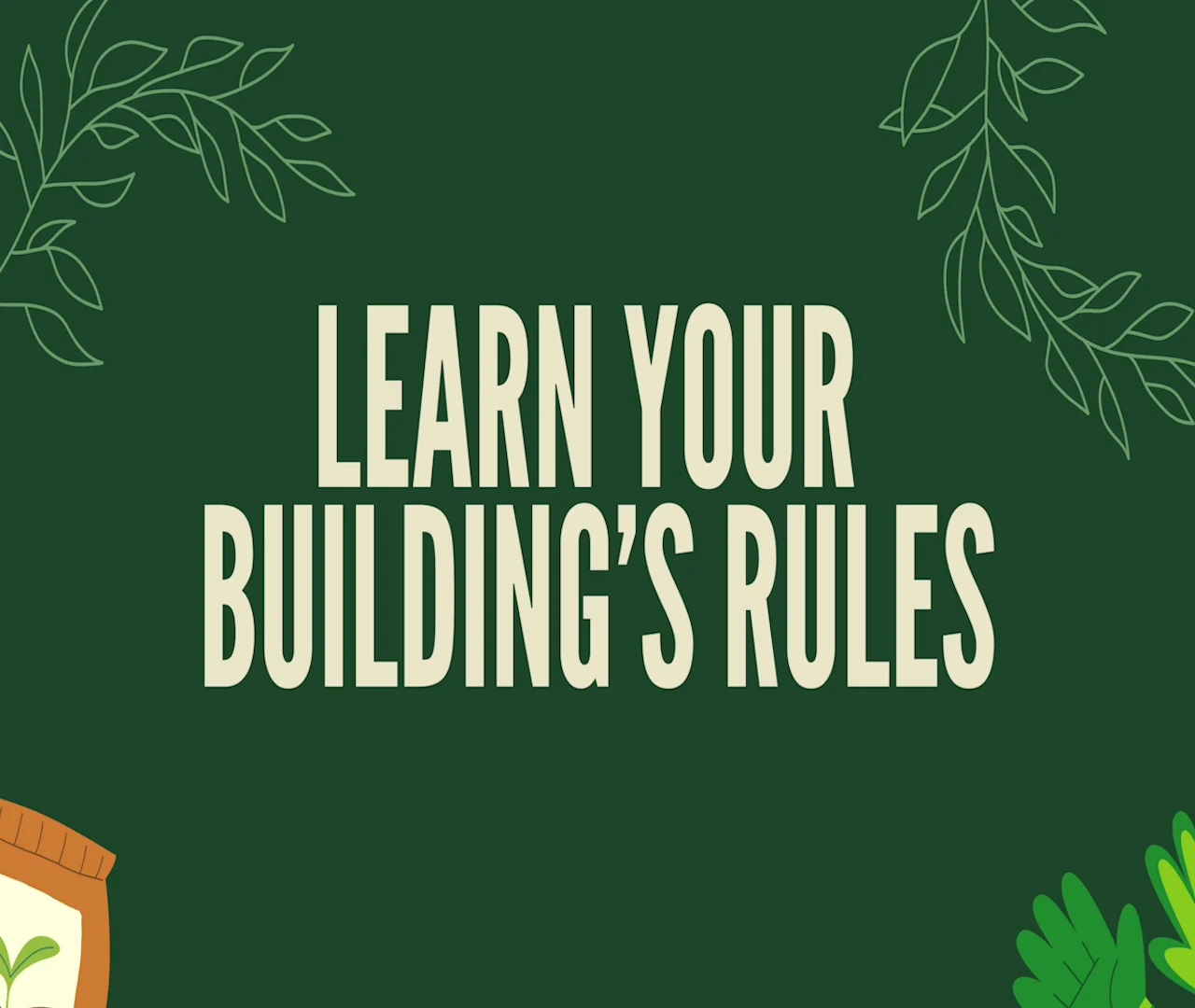
Some building managers don’t allow hanging pots or railing planters, and may even have restrictions on the type of foliage you can grow.
On top of that, your building may have set weight limits for your balcony that reflect local codes. Overloading a balcony can damage its structure and membrane, along with other building features like windows and railings.
According to BC Housing, some residential building balconies are designed to accommodate non-permanent weight loads of just 40 pounds per square foot (195 kg/m2).
Meanwhile, wet soil weighs about 100 pounds per cubic foot (1600 kg/m3), so even a relatively small planter can exceed a balcony’s designed load limit.
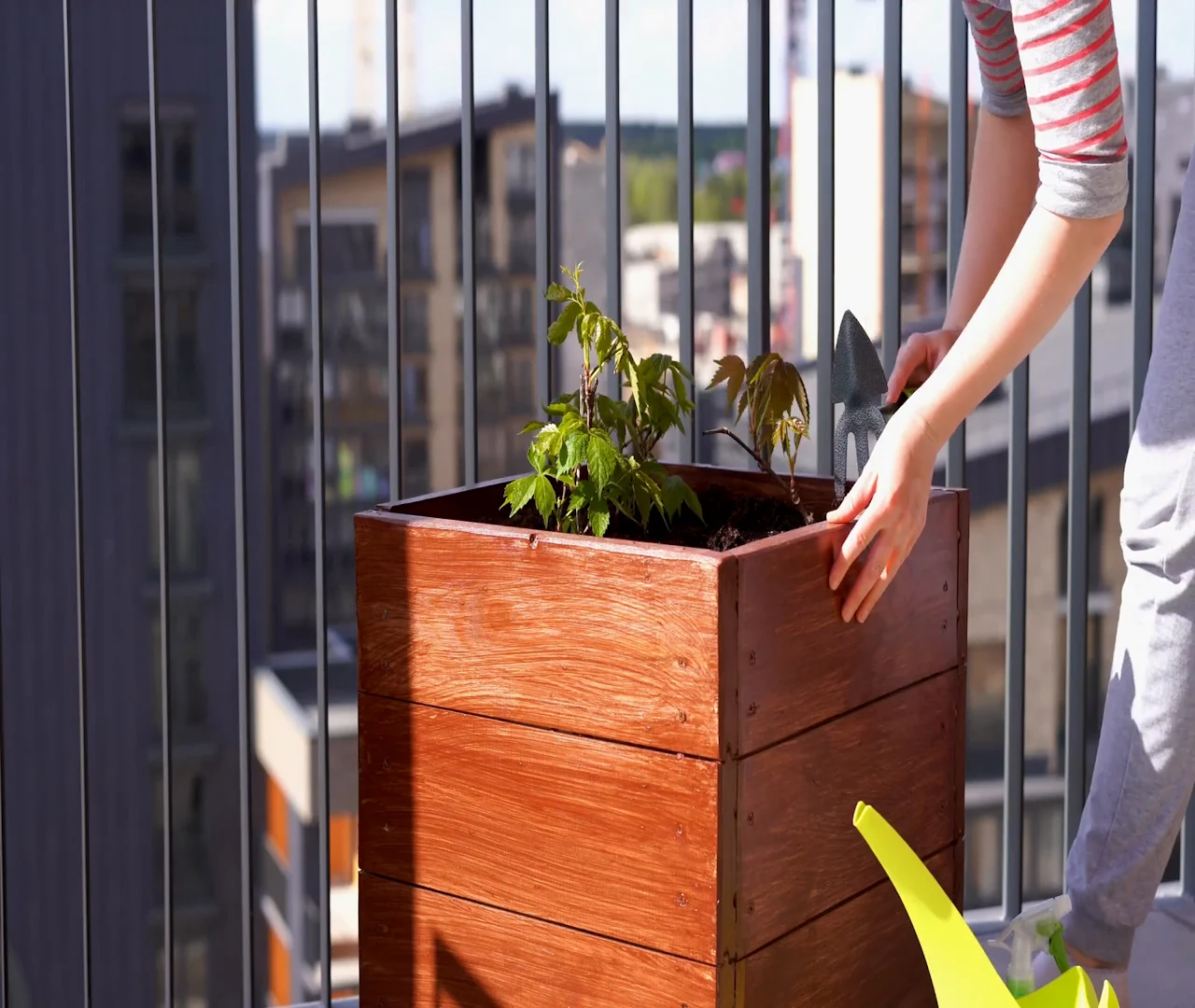
A one-foot tall, two-foot wide square planter full of wet soil can create a load of around 100 pounds per square foot, or nearly 500 kg per square metre. (Storyblocks)
“There are some ceramic pots that if you fill it with soil with a mature plant, and you saturate it, you could be looking at 300 or 400 pounds on one pot,” says Hayles.
“So, it’s a good idea to find out what your weight limits are and work backwards. Also find out, especially with a condo board or landlord, if you can put in permanent or semi-permanent structures.”
Think in three dimensions
Once you’ve learned the rules, it’s time to start thinking in three dimensions.

“Once you get into a balcony, a lot of times you’ve got columns, railings, walls, [and] a ceiling,” Hayles says.
“You can really start playing to the three-dimensional.”
Hayles points to things like trellises, window planters, plants-in-a-bag, hanging plants and stackable planters for ways to maximize garden space on a small footprint.
He also recommends taking a few measurements before hitting your local garden centre.
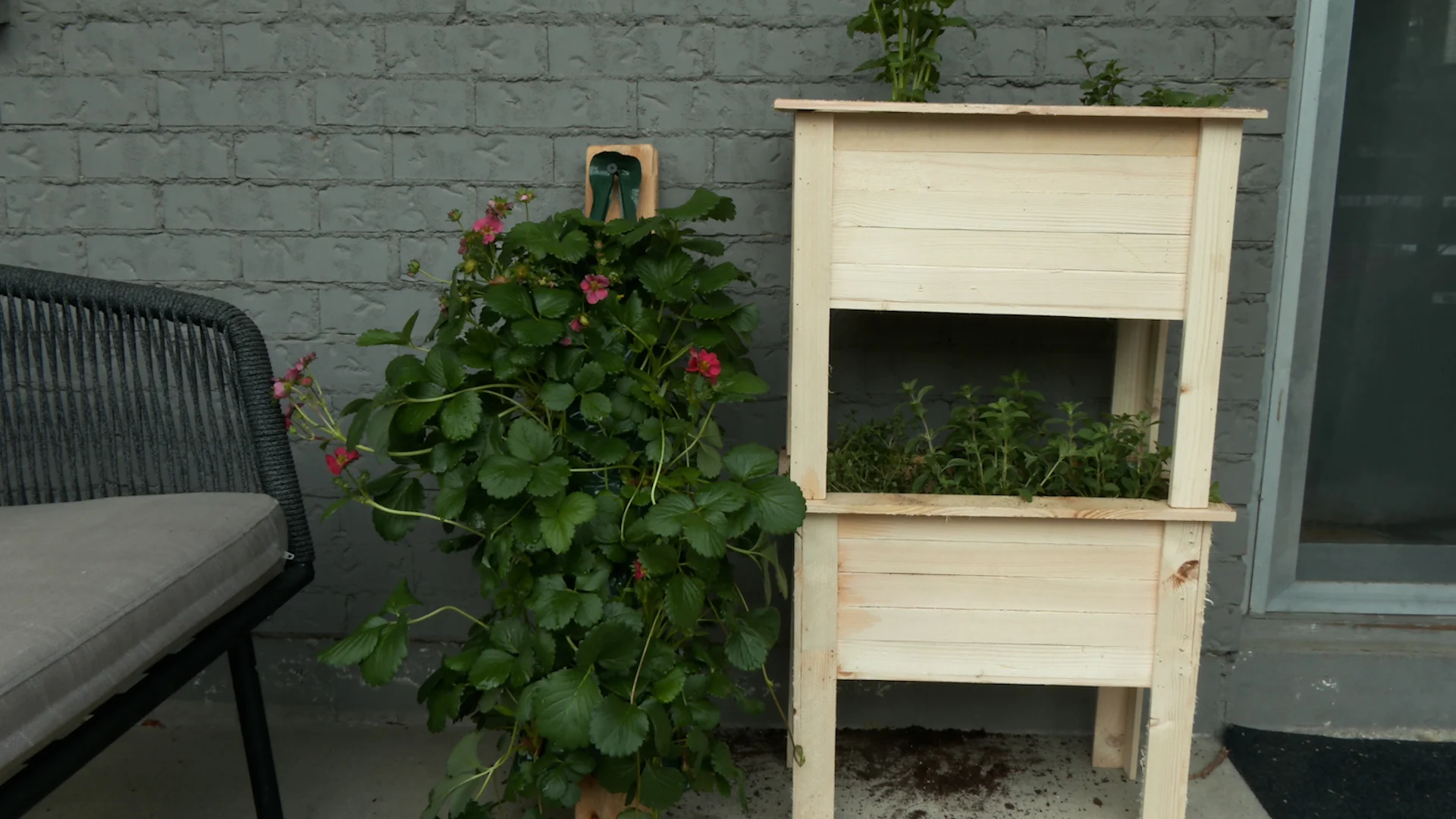
Bagged plants can be hung off walls or railings, while some planters can be stacked to make the most of a small physical space. (Connor O’Donovan/The Weather Network)
“You might only be able to put three or four pots out, but now you can do three or four hangers, as well, so you could have eight tomato plants. There are people who don’t even have that in their gardens.”
Know your weather
When tending to a garden of any kind, understanding the local weather and environment is crucial to success.
But Hayles notes there are a few considerations more specific to balcony gardening to be aware of.

Perhaps most important is knowing how much sun your balcony gets in a day. Unless it faces south, chances are a small, covered balcony built along the side of a tall tower won’t see the sun all day.
If you are south-facing, or your balcony gets at least six hours of full sun on a summer day, Hayles says you can go ahead with most annual flowers, container-planted herbs, veggies like tomatoes and peppers, and even strawberries.
If your balcony spends more time in the shade, though, there are plants more suited to those conditions. "Lettuce, kale, spinach, potatoes, kohlrabi –– they will all do great in the shade," said Hayles.
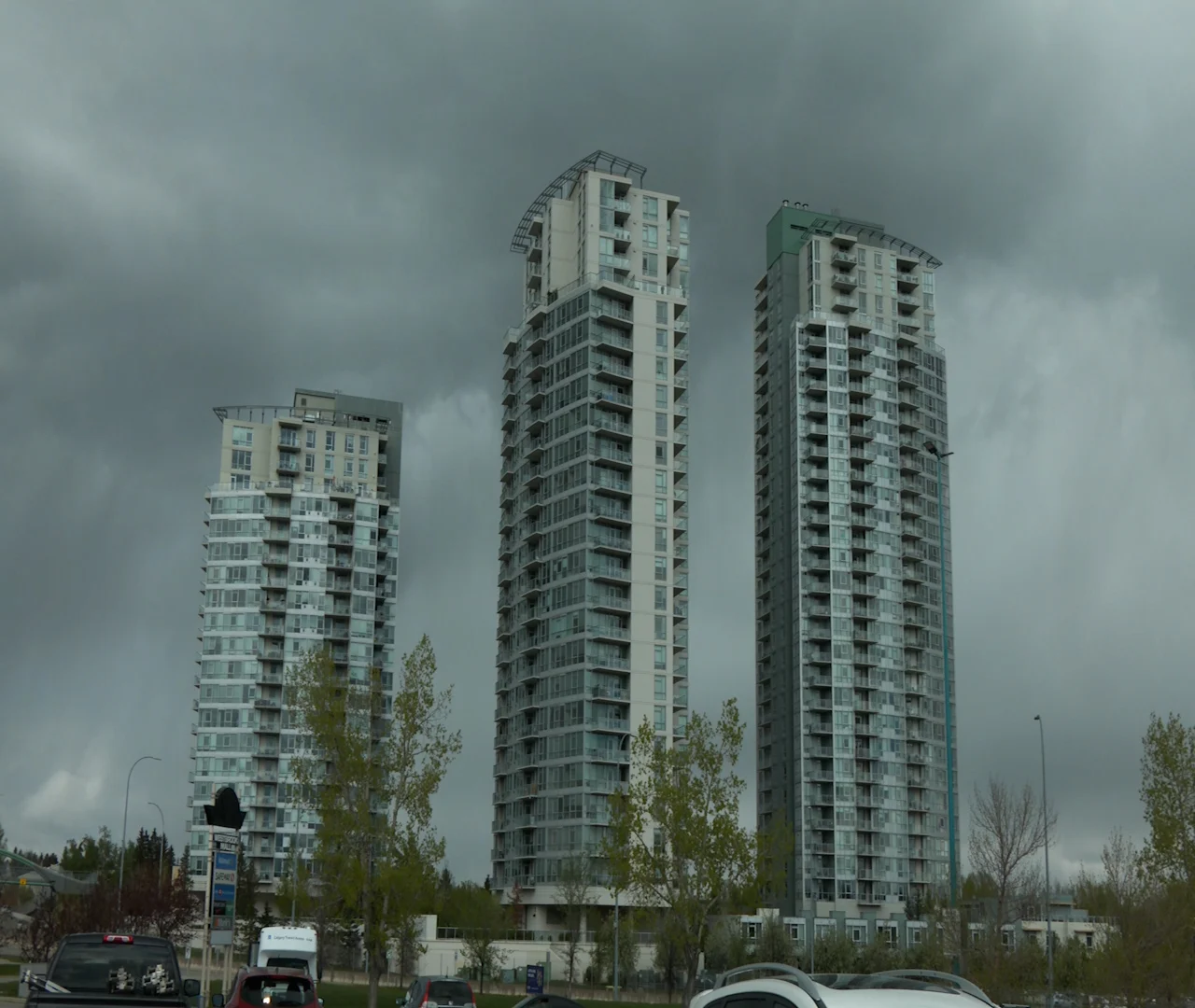
While a rain might give you a day off from watering your backyard garden, most balcony gardens will require consistent attention. (Connor O'Donovan/The Weather Network)
Wind is also a major consideration at heights.
Hayles says most plants can tolerate a strong breeze, but you will need to ensure any garden structures you bring into your space are properly secured.
And, a covered, high-rise balcony will be largely sheltered from the rain, too, so keep that watering jug full and handy.











